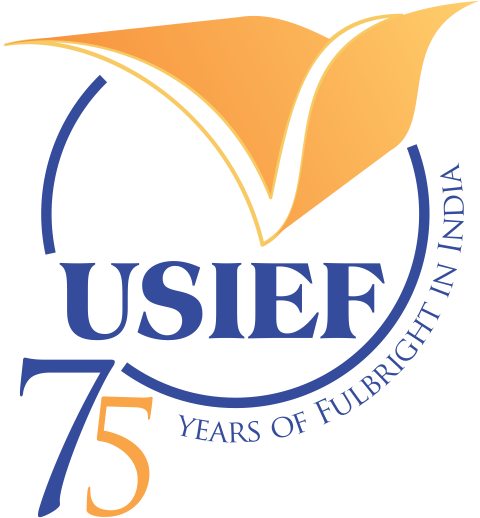Dr. Mark Balmforth is a SSHRC Postdoctoral Fellow in the Department of Historical and Cultural Studies at the University of Toronto, Scarborough. His work analyses inherited inequality in histories of encounter between South Asians, Europeans, and Americans. His first book project, titled “Schooling the Master: Caste Supremacy and American Education in British Ceylon,” charts the entwining of caste, nation, and gender in American missionary schools in Ceylon and was awarded the History of Education Society’s 2021 Claude A. Eggertsen Prize. Dr. Balmforth’s second major research project, tentatively titled “Buried Legacies: Slavery and Caste in the Indian Ocean,” rethinks connections between enslavement, caste, and migration in the Indian Ocean by tracing the 300-year odyssey of an oppressed-caste Tamil community from the 17th to the 20th centuries. His work has been published in the History of Education Quarterly, Review of Development & Change, CASTE: A Global Journal on Social Exclusion, and the International Journal of Asian Christianity.
Legacies of slavery shape conversations around the world about contemporary social and economic injustice. Over the last decade, scholars of South Asia have started to consider slavery’s impact on contemporary lives in the subcontinent, countering the dominant public and scholarly reliance upon terms like “bonded labor” or “agrestic servitude.” Contributing to the ongoing global conversation about slavery’s legacy, Dr. Balmforth’s Fulbright-Nehru project asks: what can the history of Dalit dye root-digging communities in India reveal about the intertwined careers of slavery and caste in South Asia?

